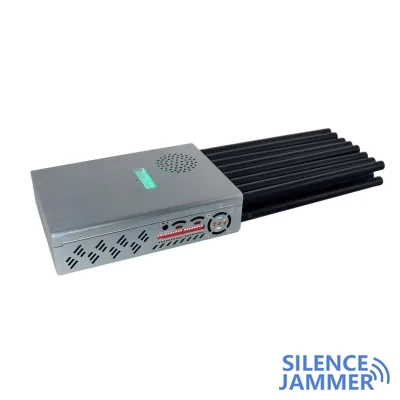Wi-Fi technology has become an indispensable part of modern life. From homes to offices, Wi-Fi signals exist in almost every corner. However, the use and management of Wi-Fi spectrum is critical because spectrum interference can significantly affect Wi-Fi performance. This article will introduce the basic concepts of Wi-Fi spectrum templates, and analyze in detail the types of Wi-Fi signal interference and their countermeasures.

1. Overview of Wi-Fi spectrum template
The spectrum used by Wi-Fi is mainly in the 2.4 GHz and 5 GHz frequency bands, each of which is divided into several channels.
2.4 GHz band:
The band includes 14 channels, each with a width of 22 MHz.
Commonly used channels are 1 to 11, of which channels 1, 6 and 11 are often chosen because they do not overlap with each other and can minimize interference.
The 2.4 GHz frequency band is widely used due to its large coverage and strong signal penetration.
5 GHz band:
This band contains more channels with variable channel widths (20 MHz, 40 MHz, 80 MHz and 160 MHz).
Since the signal in the 5 GHz band attenuates faster, the coverage is smaller, but it can provide higher bandwidth and faster speeds.
The 5 GHz band has more channels and less overlap, so there is relatively less interference.
2. Types of Wi-Fi signal interference
Co-Channel Interference (CCI):
When multiple Wi-Fi devices use the same channel to communicate, co-channel interference will occur. Although devices will not collide with each other, they will degrade network performance by competing for channel resources.
Solution: Try to use different non-overlapping channels, such as channels 1, 6 and 11 in the 2.4 GHz band; in the 5 GHz band, choose channels with less interference.
Adjacent Channel Interference (ACI):
Adjacent channel interference occurs when Wi-Fi devices use adjacent overlapping channels. For example, using channels 2 and 3 simultaneously in the 2.4 GHz band can cause signal interference.
Solution: Ensure that adjacent Wi-Fi devices use non-overlapping channels to avoid overlapping spectrum resources.
Non-WiFi interference:
Interference from other wireless devices such as microwave ovens, Bluetooth devices, Wi-Fi signal jammer, cordless phones, etc. The frequency range used by these devices is similar to the Wi-Fi band and can easily cause interference.
Solution: Move Wi-Fi devices away from other devices that may cause interference, choose a channel with less interference, or use the 5 GHz band when possible.
3. Wi-Fi spectrum interference analysis and countermeasures
Spectrum analysis tools:
Use a spectrum analyzer to monitor the signal conditions within the Wi-Fi frequency band in real time and identify interference sources and signal strength. Commonly used tools such as Wi-Fi Analyzer, Ekahau, NetSpot, etc. can help users optimize Wi-Fi channel selection and reduce interference.
Optimize AP deployment:
Properly deploy wireless access points (APs) to avoid excessive overlap in coverage areas. Too many APs covering the same area will increase co-channel interference.
Adjust the transmit power of the AP to ensure that the signal coverage area will not be over-expanded and that the signal will not be too weak.
Channel planning:
Check and adjust the Wi-Fi channel regularly, especially when the network environment changes or new devices are added. Reduce signal overlap and interference through reasonable channel allocation.
The automatic channel selection function can help dynamically adjust channels, but in environments with more interference, manual adjustment may be more effective.
Using MIMO and Beamforming technology:
Multiple-input multiple-output (MIMO) and beamforming technologies can enhance the stability and transmission rate of Wi-Fi signals and reduce the impact of interference.
These technologies increase signal transmission efficiency by optimizing signal transmission and reception paths.
Wi-Fi spectrum management and interference analysis are critical to ensuring the efficient operation of wireless networks. By understanding the spectrum template, identifying interference types, and taking corresponding countermeasures, Wi-Fi performance can be significantly improved to ensure that users obtain stable and fast network connections. In the future, with the continuous advancement of Wi-Fi technology, spectrum management and interference analysis will become more intelligent and efficient, bringing users a better network experience.


